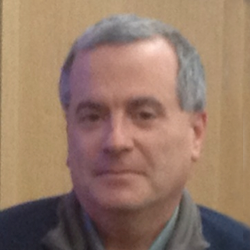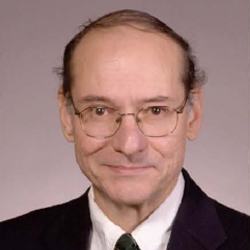 Watch Video
Watch Video4/2/2012 Obviousness and Formulation Patents - Michael Davitz M.D, J.D Axinn, Veltrop and Harkrider LLP
Bio: Michael A. Davitz is a partner at Axinn, Veltrop & Harkrider LLP in the firm’s Intellectual Property and Biomedical Practice Groups, where his practice focuses on intellectual property rights. He is a registered U.S. patent attorney as well as a physician with more than 15 years of experience in biomedical research, and has provided strategic counseling for more than a decade to clients in all aspects of intellectual property law.
 Watch Video
Watch Video4/23/2012 Facile Production of Nanoparticles for Dificult to Deliver Therapeutics - Robert Prudhomme Ph.d
Bio: Dr. Prud'homme received his BS at Stanford University and his PhD from the University of Wisconsin at Madison under Professor Bob Bird. His research interests include rheology and self-assembly of complex fluids. Systems of interest are biopolymer solutions and gels, surfactant mesophases and polymer/surfactant mixtures. His studies seek to understand how weak molecular-level interactions can be used to tune macroscopic bulk properties and phase behavior. Application of the work is directed at nanoparticle formation for drug delivery, controlled release, targeting and imaging.



